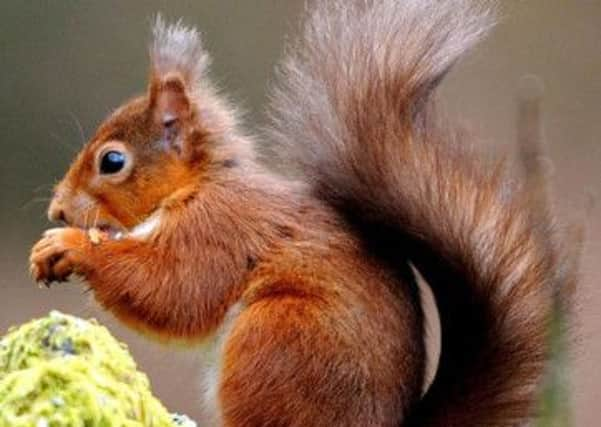How the red squirrel may have found friends in high places


The red squirrel has long attracted headlines of doom. Bullied out of house and home by its American grey cousins and facing the threat posed by the squirrel pox, experts have warned the creatures could disappear from our shores within a generation.
However, a project in Ireland has unearthed findings that could radically change the fortunes of both the red and grey squirrel in England, Scotland and Wales.
Advertisement
Hide AdAdvertisement
Hide AdThe future of reds and greys, it seems, may be inextricably linked to one of our rarest and most elusive hunters – the pine marten.Supreme hunting skills and a valuable pelt ensured the marten became the sworn enemy of the gamekeeper and a friend of the fur trade – its numbers plummeted as a result.
In Ireland, the marten, which lives high up in trees, also declined, but it is now recovering and is relatively widespread in some areas. But it wasn’t until a survey in 2007 that a possible link between martens and squirrels emerged.
The study found that in parts of the Irish midlands, greys had not replaced the smaller reds and in some areas the native species had returned to woodlands while the greys had declined.
What really got scientists interested was that the reds were generally doing better than greys in woodlands where martens were found.
Advertisement
Hide AdAdvertisement
Hide AdPostgraduate student Emma Sheehy, from the National University of Ireland, Galway, decided to investigate and her unpublished preliminary research has thrown light on the conundrum. She explains: “In areas where greys had traditionally been present, they were suddenly absent or declining, and reds had returned after an absence of 30 years.
“What was interesting was that in these areas where reds were increasing and greys declining, there was a high density of pine martens.”
While no one is yet sure of the exact details, the sudden arrival of martens may cause greys to flee an area, providing reds with a sudden advantage. The appearance of martens could also heighten stress – affecting greys’ breeding success. Whatever the cause of the greys’ decline, it seems that red squirrels, which have coexisted with martens for thousands of years, have unexpectedly been given the upper hand in the fight for survival.
However, it may not be time to hang out the bunting, at least in Yorkshire, just yet. Katy Cook, from conservationist partnership Red Squirrels Northern England, says: “The idea of one endangered native species helping another is a lovely thought, but there is very scant evidence of their existence in northern England.
Advertisement
Hide AdAdvertisement
Hide Ad“Pine martens are also more restricted in their habitat than squirrels, so even if we had them here in the larger forests, they would have no impact on the squirrels found in gardens and parklands.”
But compelling findings by the Vincent Wildlife Trust have revealed that martens may not be quite as elusive as previously thought. More than 10 years of research, including DNA records, reliable sightings and road kill recoveries, found that martens were still present in parts of England and Wales where they were believed to be extinct, including the North York Moors.
With the pine marten now protected by law and more woodland planned across the UK, there may just be a chance that the red squirrel could be given an unexpected helping hand.